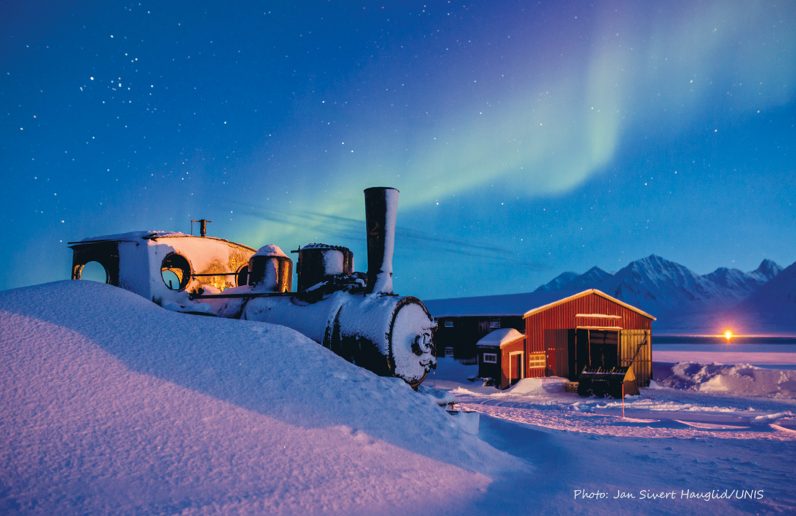AS the peninsula copes with a long, hot summer and record-breaking temperatures, Mornington scientist Amelia Travers has been rugged up to cope with the frozen world of the Arctic where the sun makes only a brief appearance each day.
During January, Ms Travers, 26, was on Norway’s Svalbard Island in the Greenland Sea close to the Arctic Circle, the nation’s most northern permanently inhabited island.
She was part of an international team of scientists studying marine life with the Marine Night field campaign, part of Mare Incognitum.
The team used high-tech underwater robots, autonomous underwater vehicles (AUVs for short) as well as other high-tech equipment including time lapse photography.
Ms Travers is studying for a Masters of Antarctic Science at Tasmania University’s Institute for Marine and Antarctic Studies. A prolific writer, she has been producing a blog charting what she calls a “once in a lifetime adventure”.
The robots were at the high-tech end of tools used for the research but the scientists, Ms Travers included, also donned polar survival suits to install equipment to guide the AUVs.
Divers investigated species such as the ghost shrimp to dispel the misconception that the dark polar night is best compared with a biological desert void of any activity.
Weather on the island ranged from below freezing with heavy snow to days of above zero, which saw the island’s runway closed due to ice, trapping a radio crew from France and delaying the arrival of a TV crew from Norway.
The Marine Night expedition is big news in Europe.
On 20 January, Ms Travers wrote about the light: “It was incredibly bright (relatively speaking, my sunglasses are still in their case) this morning with a beautiful ‘sunrise’. This was followed by an incredibly sudden drop of the sun and pitch blackness, the kind of dark where you can’t see your hand in front of you, although you can see some amazing stars.
“A few hours later, the full moon rose. This all happened within a matter of hours, and I think it must have a pretty amazing impact on the creatures living here to have such different light environments within such short periods of time.”
Three days later, Ms Travers described herself for the expanding readership of her blog: “If you see someone slipping on ice, tripping over snow in the dark or staring in wonder at icicles, it’s probably me. I was raised in southern Australia during one of the longest periods of drought so I’m still amazed by all this frozen water just sitting around not doing anything. On the other hand, I am mentally well equipped to deal with the water shortage we’re currently experiencing! (4 minute showers every 2 days, just like being at home!).”
On Australia Day, Ms Travers spotted some bioluminescence off the pier near the laboratory at Kongsfjord: “I don’t know what it was, some kind of jelly-like critter, bobbing and flashing away. It was pretty awesome and surreal! The divers have got some completely amazing footage of creatures we landlubbers could almost never imagine. These creatures make the aliens on Star Trek look dull.”
Ms Travers compared her frozen workplace with the Australian desert in one entry:
“But being here is most akin to being in the middle of the Australian desert. It’s fine as long as the electricity keeps running and the water fills the pipes, but something fails or you walk a bit too far from home, everything changes. They are equally stark, harsh and dangerously beautiful places.
“The walk to the lab, along maybe 100 metres of dark road, can be so different depending on the situation. Alone it can be beautiful and tranquil with a peaceful silence that seeps under your skin until you can feel the isolation as a blanket that reminds you how close the wilds are, how fresh the air is and how untamed some places still are.
“Or it can be the freakiest 100 metres of your life where you’re absolutely convinced a polar bear is going to eat you and every shadow is a harbinger of doom and death.”




